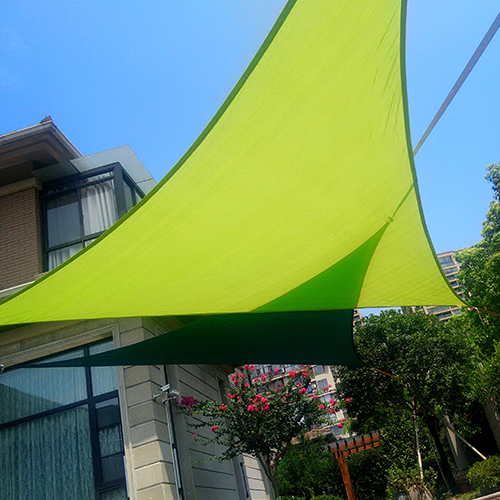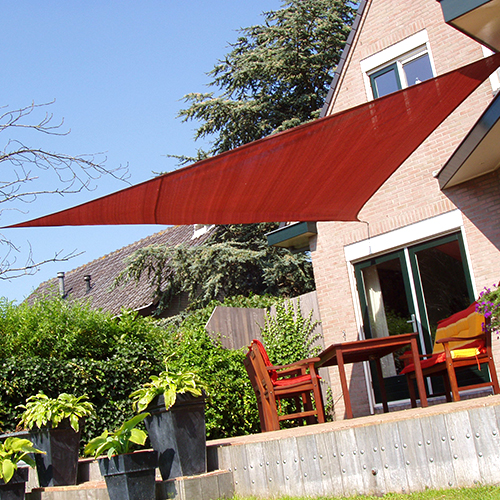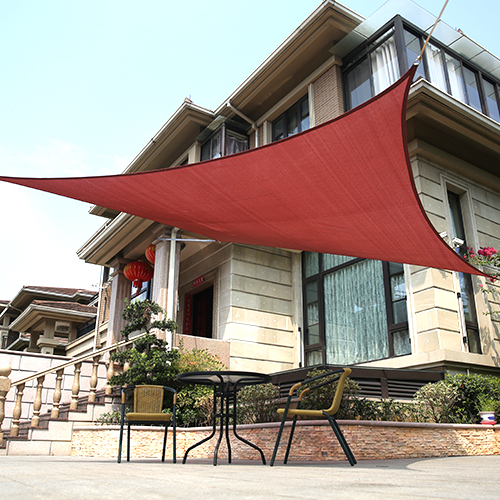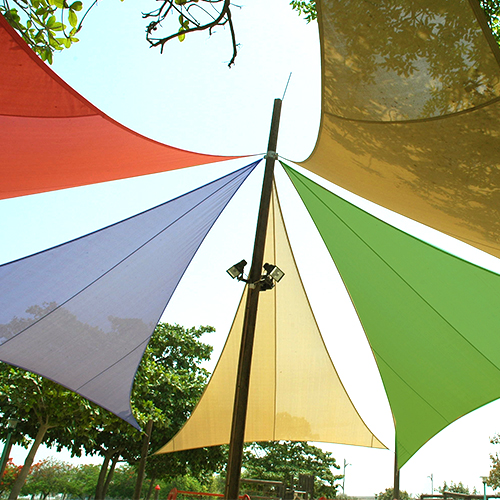Customer expresses intent; Communicate between the two parties; Provide analysis reports to customers; Reach a cooperation intention.
1. It is not recommended to use brushes (especially hard brushes) to clean window PE sunshades:
The surface of PE material (polyethylene) is relatively smooth but also easily scratched.
Using a brush, especially a hard bristle brush (such as nylon brush, hard plastic brush), will cause friction with the curtain surface during the brushing process.
This friction is highly likely to leave small scratches and abrasions on the PE curtain surface.
Once these scratches occur, they cannot be repaired and will permanently affect the appearance of the curtain (appearing hairy or white), and may also affect certain transparency or visual effects.
2. The cleaning effect of the brush is limited and may aggravate stains:
Brushes are mainly used to remove floating dust or loose dry dirt.
For common stains on PE sunshades, such as dust, fingerprints, oil stains, and rain marks, dry brushing is usually not effective.
If the stain has already adhered to the surface or has a certain degree of stickiness (such as oil stains or splashing soup), a dry brush can easily spread the stain or press the dirt particles deeper into the material surface, making it more difficult to clean.
Improper wet brushing operation (excessive or uneven water volume) may result in water marks.
3. Brushes may damage the structure and function of curtains:
Some PE sunshades may have small textures or coatings on their surface (such as UV resistant coatings).
Vigorously scrubbing may damage these functional coatings.
For perforated sunshades, the bristles may hook onto the edges of the holes, causing damage or deformation.
The edges or seams of curtains are usually fragile, and brushing can easily cause wear or thread detachment.
4. Recommended cleaning methods:
Preferred washing: It is recommended to remove the sunshade from the window.
Gentle Rinse: Rinse with water at room temperature or slightly warm. You can lay the curtain flat on a clean bathtub, shower floor, or spacious sink for rinsing.
Soft cloth wiping: If rinsing cannot completely remove stains, you can use a very soft sponge, cloth, or soft bristled brush (such as a soft new toothbrush or makeup brush, only used for very gentle wiping after dipping in water or diluted neutral detergent solution), remember to be gentle in action. Alternatively, gently rub the stain with your hands.
If necessary, use neutral detergent: For stubborn oil stains, add a small amount of neutral detergent (such as dishwashing detergent, hand sanitizer, shower gel) to clean water, stir evenly to form a solution, and then gently wipe the stain with a soft cloth dipped in this solution to avoid the detergent staying for a long time.
Thoroughly rinse: Regardless of whether a cleaning agent is used, the curtain must be thoroughly rinsed with plenty of water to ensure that there are no detergent residues, otherwise it may leave marks or accelerate material aging after drying.
Natural drying: After cleaning, hang the curtain naturally to dry (avoid direct sunlight to prevent accelerated aging and brittleness of the PE material). Ensure that it is completely dry before reinstalling.

 English
English 日本語
日本語 русский
русский Español
Español







 浙公网安备 33068302000509号
浙公网安备 33068302000509号